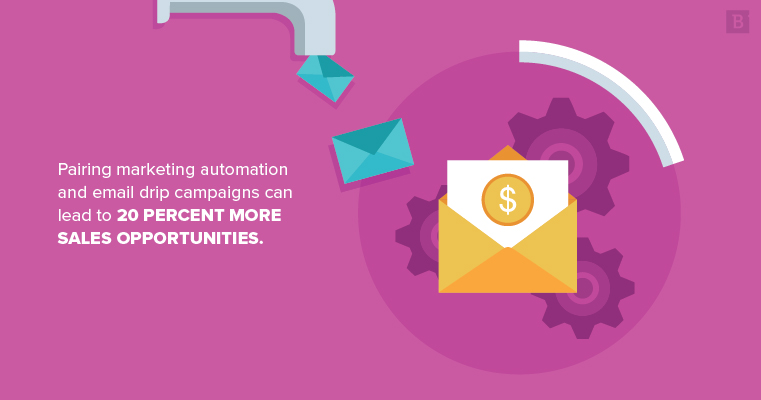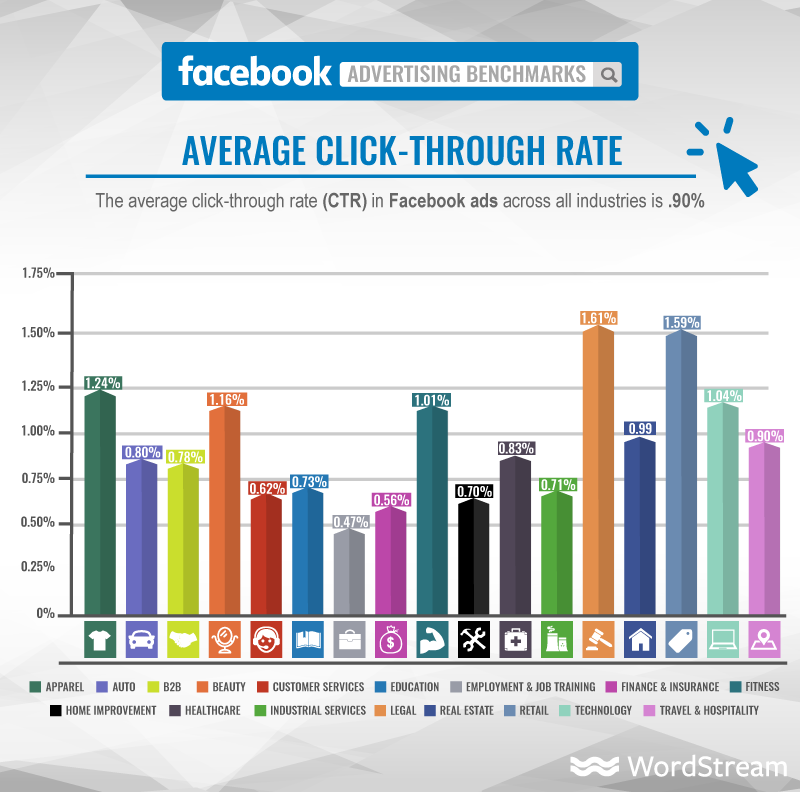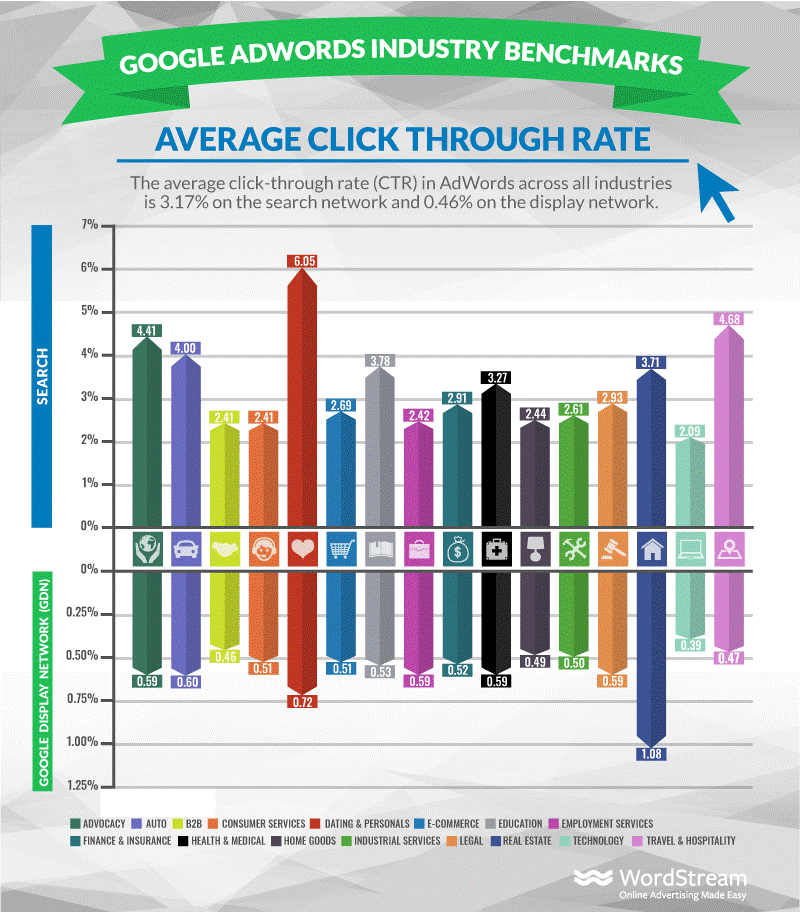As the curtains close on the 2010s, a new decade of content marketing enters stage right.
In the 1990s, content marketing was born. In the 2000s, it was democratized thanks to social media and the emergence of the first DIY site publishing platforms. In the 2010s, content marketing’s potential as an organic, value-add marketing strategy was realized.
So what’s in store for the 2020s? Greater authenticity, a premium on audience-first content and more personalization delivered with the help of advanced web analytics and martech.
Content Management Systems
By market share – meaning the share of the internet’s websites that are powered by a CMS – WordPress is far and away the leader.
- WordPress: 62%
- Elementor: 8.4%
- Joomla: 4.7%
- Shopify: 3.3%
- Drupal: 3%
- SquareSpace: 2.7%
- Wix: 2.3
When you factor in the sites that are not powered by a CMS, this is what the internet looks like:
- No CMS: 43.2%
- WordPress: 35.2%
- Elementor: 5.4%
- Joomla: 2.7%
- Shopify: 1.9%
- Drupal: 1.7%
- Squarespace: 1.5%
- Wix: 1.3%
e-Commerce Platforms
E-commerce is the purchase, sale or delivery of a product or service through the web. This includes physical products bought online, but also online services. In this sense, there are many more companies involved in e-commerce than probably realize it.
Increasingly, Shopify and other leading e-commerce platforms offer features that make it as easy to sell professional services, classes and seminars, and other non-product based commodities online as it is to sell consumer goods.
The distribution for websites that use e-commerce technologies in 2020 looks something like this:
- Shopify: 20%
- Wix Stores: 17%
- WooCommerce Checkout: 11%
- Squarespace Add to Cart: 7%
- OpenCart: 6%
- PrestaShop: 5%
- Other: 33%
Even though Shopify and Wix Stores are pretty close in numbers, Shopify enjoys a lead over other eCommerce platforms most probably due to its pricing, set of themes and ecosystem of more than 6500 apps to pick from.
Email Marketing
Email continues to be one of the most popular and most effective content marketing channels for audience nurturing in 2020. Its ability to be highly personalized all but guarantees its clout for the foreseeable future:
- Email marketing delivers an estimated $44 in returns for every $1 spent.
- 60% of all marketers say email marketing is their top source of ROI.
- 81% of B2B marketers and 74% of B2C marketers used email newsletters in the past 12 months.
- B2B and B2C marketers cite email as the third-most important content distribution channel after social media and their own site.
- B2B and B2C marketers cite email newsletters as the top method to nurture audiences.
- B2C marketers also cite email newsletters as their top method for securing leads.

Email marketing software
85% of B2B marketers use email marketing software, which is second only to web analytics tools in terms of the most commonly used types of content marketing technology. Meanwhile, 72% of B2C marketers use email marketing software, third after web analytics and social media tools.
Many marketing automation platforms such as Marketo, HubSpot and SendinBlue have email marketing tools included in their portfolio of capabilities. This makes it hard to accurately identify the most popular email marketing software.

Nevertheless, some of the most commonly used email-specific tools include:
- Mailchimp.
- Campaign Monitor.
- UniSender.
- Constant Contact Mail.
- MailUp.
- VerticalResponse.
Email marketing trends in 2020
- Mobility: Nearly 50% of all emails are opened on mobile devices, which makes responsive design more important than ever, especially for interactive elements such as calls to action.
- Evolving personalization and automation: Artificial intelligence will refine email remarking while segmentation and A/B testing will also contribute to greater personalization and data-driven email content.
- Intentionally under-designed emails: The 2019 trend of using text-only emails and being judicious with graphical elements to deliver more authentic-looking, personal messages will continue into 2020.
- Accessibility: Email marketers will increase the push toward delivering accessible email content that can be read audibly through smart speakers and digital assistants.
Marketing Automation & Martech
75% of marketers use marketing automation tools, and more than half of all marketers expect to use more of them in the year ahead.
Acting on the most up-to-date information to decide what content to send to whom, when and on which channels is the hallmark of modern marketing. There’s too much data, too many potential leads and too little margin for error to not be using marketing automation.
The more clearly you can visualize the customer journey, the easier it is to make timely interventions that will lead to sales. The most valuable martech resources in the year ahead will include:
- Web analytics.
- CRM.
- Advertising automation.
- Email marketing.
- Workflow management.
- Lead management.
Web analytics in particular are of the essence in 2020:
- 86% of B2B organizations use analytics tools (web analytics, content analytics, keyword analytics, dashboards) to assist in marketing, which makes them the most prevalent tech among B2B marketers.
- 83% of B2C organizations say the same, putting analytics tools second behind social media tools.
Marketing automation & martech spend
Marketing automation spend increases every year, and is projected to surpass $25 billion by 2023. However, a report from Gartner suggests that more than half of all CMOs expect to make cuts in their marketing analytics departments by 2023.
This apparent contradiction could be indicative of a few things:
- Many companies that are just getting their feet wet will ramp up their marketing automation efforts in the year ahead; after all, only 51% of businesses said they use marketing automation as of 2019.
- While the martech newcomers transition into tech-first marketing, early adopters and mature martech users will refine their portfolios with a sharper eye for value-impact automation. This will mean cuts, or at the very least, substantial reallocation of martech spend toward resources that are more tried and true.
Marketing automation platforms
Some of the top-ranked marketing automation platforms based on user feedback through G2 include:
- HubSpot.
- ActiveCampaign.
- Klaviyo.
- Marketo.
- SharpSpring.
- RDStation.
Social Media Marketing
Social media marketing is one of the most commonly used content distribution channels among marketers in 2020.
- 95% of B2B marketers and 94% of B2C marketers have used social media content in the past 12 months.
- 80% of B2B marketers and 84% of B2C marketers use Social Media Publishing/Analytics tools.
- B2B and B2C marketers say social media content is the top type of content used in their content strategies.
- Social media is also the top organic content distribution channel among both B2B and B2C marketers.
B2B social media:
Top-rated organic social channels:
- Linkedin: 95%
- Twitter: 86%
- Facebook: 83%
- YouTube: 53%
- Instagram: 46%
- Medium: 11%
- Pinterest: 10%
Top-rated paid social channels:
- LinkedIn: 76%
- Facebook: 66%
- Twitter: 29%
- Instagram: 17%
- YouTube: 11%
- Pinterest: 2%
- Snapchat: 2%
B2C social media:
Top-rated organic social channels:
- Facebook: 96%
- Instagram: 74%
- Twitter: 71%
- YouTube: 62%
- LinkedIn: 61%
- Pinterest: 29%
- Snapchat: 7%
Top-rated paid social channels:
- Facebook: 95%
- Instagram: 53%
- LinkedIn: 29%
- YouTube: 29%
- Twitter: 16%
- Pinterest: 6%
- Snapchat: 3%
A note on video: Millennials and Generation Z increasingly favor video- and image-based social channels such as YouTube, Instagram, Snapchat and TikTok. While Gen Xers and baby boomers gravitate more toward Facebook, video dominates the channel, and is the medium that is most likely to reach its target audience.
Paid social
- Paid social is the top paid channel B2B and B2C marketers use for content marketing.
- 32% of social PPC ad publishers say video ads are most effective.
Paid social spend has increased year-over-year since 2016 and is expected to reach nearly $38 billion by year-end 2020.
Facebook – which is still the largest social media network in the world – also boasts the biggest ad network among its social counterparts. That said, the average CTR for Facebook ads is an underwhelming 0.9%.
Curiously, legal services see the highest CTR (1.61%) on Facebook, followed less surprisingly by retail (1.59%).

Search Engines & Web Traffic
In 2020, Google is still far and away the dominant search engine. The only thing better than having your site in position one of search results is having it in position zero in the form of:
- Featured snippets.
- People Also Ask.
- Image Pack.
- Local Pack.
- Twitter carousel.
- Direct Answer Box.
- News Box.
- Voice search results.
By some estimates, 50% of all Google searches end without a click – and not everyone is pleased about it.
Google’s critics fear that the search engine is inching closer to becoming a de facto user interface for the entire internet, and risks undercutting traffic to site publishers in the process. France even enacted a “Link Tax” in 2019 that requires Google to pay a licensing fee when it displays snippets of articles on Google News.
In 2020, we anticipate many new controversies will brew over the liberties that Google takes with site publishers’ content in the interest of streamlining the search experience.
Meanwhile:
- Website security is a priority.
- HTTPS is the expectation.
- The California Consumer Privacy Act is officially in effect.
- Privacy-centric search engines like DuckDuckGo will have their make-or-break moments.
- Web browsing as we know it is changing.
- 30% of web browsing is screenless thanks to voice search.
- More than half of all web traffic is mobile.
- Search is smarter.
- Neural networks are the norm among search engines, and we fully expect Google and Bing to double-down on their efforts to parse video and imagery using AI and machine learning.
- High-quality content will be more important than ever as algos like BERT get more precise; there are a lot of answers on the web, but only a select few good ones.
Digital Advertising Spend
Interruptive marketing experienced slow growth in 2019, but is expected to rebound in 2020. Global ad spend is anticipated to increase 2.5%, driven largely by the presidential elections and the 2020 Olympic Games.
More importantly, internet ads are expected to make up more than half of all ad spend for the first time in history. Granted, pundits made the same prediction for 2019 and that didn’t happen. Nevertheless, the projected spend breakdown for the most prominent channels bodes well for 2020 being digital’s go-ahead year:
- TV: 29.9%
- Google and YouTube: 23.1%
- Facebook: 12.9%
- Amazon: 2.5%
Paid search and Google Ads
- Average CTR of Google Ads:
- Search: 3.17%
- Display: 0.46%
- Average CPC for Google Ads:
- Search: $2.69
- Display:$0.63

Pay-per-click search engine marketing budgets will likely increase in 2020, as they did in 2019.
PPC ad publishers will also rely heavily on automation and advanced analytics to refine retargeting efforts and guide ad spend – with the end goal of getting the right ads in front of the right eyes at just the right time.
Case in point: Google’s Responsive Search offering – which lets you write up to 15 different headlines and up to four different descriptions that are then mixed and matched to optimize performance – is now available to all advertisers.
Other hallmarks of paid search in 2020:
- Google Search remains one of the paid channels with the highest CTRs.
- Google is the most trusted publisher among advertisers.
- Social media ad spend is up.
- Video ads are expected to rule the roost.
Total Content Marketing Spend and Trends
Average annual content marketing budgets as of year-end 2019
- B2B:
- Overall average: $185,000
- Large businesses (1,000+ employees): $405,000
- Medium businesses (100-999 employees): $213,000
- Small businesses (1-99 employees): $81,500
- Most successful with content marketing: $272,200
Nearly 50% of B2B marketers plan to increase their content marketing budget: 34% plan an increase of 1-9%; 12% anticipate an increase of more than 9%.
- B2C:
- Overall average: $230,000
- Business with 1-99 employees: $111,000
- Businesses with 100+ employees: $337,000
59% of B2C marketers plan to increase their content marketing budget: 42% plan an increase of 1-9%; 17% anticipate an increase of more than 9%.
Content marketing priorities in 2020
The top four priorities among B2B and B2C marketers are similar:
- B2B:
- Improve quality and conversion of audience: 48%
- Improve on content distribution and promotion: 46%
- Focus on content quality and quantity: 46%
- Improve on content marketing measurement: 44%
- B2C:
- Improve quality and conversion of audience: 50%
- Focus on content quality and quantity: 50%
- Increase the size of our audience: 40%
- Improve on content marketing measurement: 37%
Overall, 69% of B2B marketers and 73% of B2C marketers say they had more success this year than last year, which is similar to the past three years. This seems to indicate that most organizations report greater success in the second and third year of content marketing than in the first.
Content marketing predictions for 2020
Content marketing gets existential
In 2020, phrases like authenticity, storytelling and ethical marketing will be thrown around a lot.
Authenticity in particular is a somewhat out-of-focus but incredibly important concept: It’s about creating content that’s more meaningful to your audience than its own apparent commercial agenda. Historically, the challenge here is that content marketers tend to selectively withhold certain information or avoid certain topics when it is convenient for their brand, but may actually be in the best interest of the audience.
There will always be some of this in marketing. But to move “authenticity” from the abstract into the concrete, more marketers will need to start focusing on emotional marketing by telling human stories that intersect with their brands, conducting more original research and crafting high-quality written and visual content that doesn’t undercut its own value by presenting oversimplified half-truths conveyed in brand speak.
As Google’s algorithms get smarter, the ocean of content gets bigger, and all of us get more web-savvy, only the best content will rise to the top.
Data delivers a human touch
Ironically, before content marketing becomes more human and personalized, it needs to become more data-driven.
In the early 2010s, Google could be gamed by content quantity. Brands felt at liberty to churn out keyword-laden copy and say whatever it was they wanted their audience to hear in the process. Many marketers created content for themselves and for Google, not really for their audience.
Google has since released tens of thousands of updates aimed at improving its users’ experiences. Now, content marketers need to embrace web analytics to figure out what their audience is actually searching for. More importantly, they need to methodically analyze the content that’s ranking for those queries to come to quantitative conclusions about how they can compete.
In 2020, the only way to create highly personalized content that will perform well on search is to use data to understand the target audience, and analytics to reverse engineer the content that this audience values.
The good news is that this is already starting to happen: Going into 2020, web analytics tools represent the most commonly used type of content marketing technology.
Conclusion
To sum up, we expect the following in 2020:
- Publishers will become more scientific in how they compete for position zero in search results.
- More content creators will prioritize visual content mediums and multimedia blogging.
- A greater emphasis will be placed on data-driven content creation and distribution.
- Voice search will become more popular (though we doubt it will capture 50% of search share).
- Digital advertising will have its strongest year yet, driven in part by automation.
- Marketing automation will see an uptick in adoption among first-time users.
- Instagram will gain on Facebook in terms of number of monthly users.
- Email marketing will continue to yield high ROI.
- Authenticity and personalization will drive more marketing campaigns.
But it’s like they say: Hindsight is 20/20 – or at least it will be by 2021.





